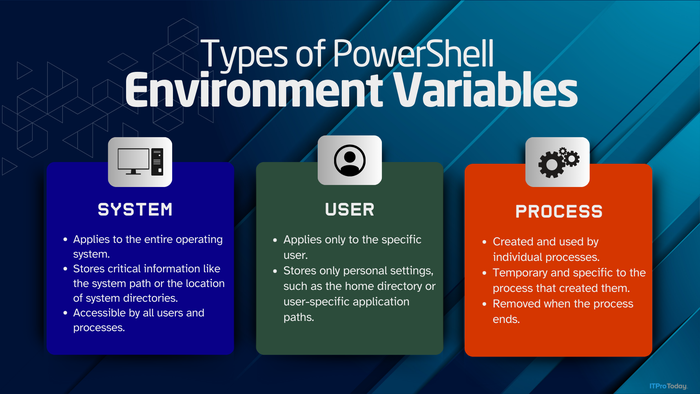AI Boom Fuels Cloud Growth, but Capacity Constraints Loom for Big 3 ProvidersAI Boom Fuels Cloud Growth, but Capacity Constraints Loom for Big 3 Providers
Microsoft, Google, and Amazon all reported strong cloud revenue growth, largely driven by AI demand, yet ongoing supply and power constraints pose challenges to scaling their data center capacity.

For the Big 3 hyperscale cloud providers, artificial intelligence is both the reason for growth and the concern for the future as supply constraints continue for high-end AI accelerators and power.
Microsoft was the first to release its fourth-quarter 2024 earnings, revealing on Jan. 29 a 19% increase in revenue from its intelligent cloud division, totaling $25.5 billion. On Feb. 4, Alphabet reported Google Cloud revenue at $11.96 billion, a 30% year-over-year gain. Rounding out the Big 3, Amazon reported on Feb. 6 that Amazon Web Services (AWS) cloud revenue was $28.8 billion for the quarter, an increase of 19% year over year.
John Dinsdale, chief analyst at Synergy Research Group, noted that cloud services' overall performance in the fourth quarter of 2024 was strong, and he suspects AI is the catalyst.
"Our assessment is that since ChatGPT was launched, GenAI [generative AI] has been responsible for at least half of the increase in cloud service revenues," Dinsdale stated. "That has come from either newly launched GenAI/GPU services or from AI-driven improvements to existing cloud services."

Microsoft Is Growing 'Fungible Fleet' Data Center Capacity
The continued growth of the cloud has meant that more capacity is needed. During Microsoft's earnings call, CEO Satya Nadella said his company has significantly expanded its data center capacity.
"We have more than doubled our overall data center capacity in the last three years, and we have added more capacity last year than any other year in our history," he said.
The company's cloud infrastructure strategy focuses on building what Nadella called a "fungible fleet," ensuring the right balance between training and inference capabilities while maintaining geographic distribution.
Google Is Also Building Out Data Center Capacity
Cloud growth at Google isn't just about existing customers spending more; it's also about a growing number of first-time customers.
During his company's earnings call, Alphabet CEO Sundar Pichai noted that the Google Cloud segment saw significant growth in new customer commitments, with first-time commitments more than doubling compared with 2023.
Pichai also detailed substantial infrastructure expansion, reporting that in 2024, Google broke ground on 11 new cloud regions and data center campuses across locations, including South Carolina, Indiana, Missouri, and international sites. The company also announced plans for seven new subsea cable projects in a bid to strengthen global connectivity.
Building new data centers, however, isn't enough, which is why efficiency is a key theme for Google.
"Google data centers deliver nearly four times more computing power per unit of electricity compared to just five years ago," he said.
This efficiency, combined with scalability and performance, has driven customer adoption. Google Cloud customers now consume more than eight times the compute capacity for training and inferencing compared with 18 months ago.
However, there are some concerns, too. The cloud segment faces capacity constraints amid surging demand, particularly for AI products. As CFO Anat Ashkenazi noted, "We exited the year with more demand than we had available capacity."
Amazon Also Faces Cloud Capacity Constraints for AI
During Amazon's earnings call, CEO Andy Jassy emphasized the transformative potential of AI in cloud computing.
"We think virtually every application that we know of today is going to be reinvented with AI inside of it and with inference being a core building block, just like compute and storage and database," Jassy said.
While AWS is experiencing significant AI-driven demand, Jassy acknowledged some capacity constraints affecting growth potential. "We could be growing faster, if not for some of the constraints on capacity," he said, citing challenges with chip supply from third-party partners and power constraints. However, he predicted the constraints would start to relax in the second half of 2025.
About the Author
You May Also Like








.jpg?width=700&auto=webp&quality=80&disable=upscale)
